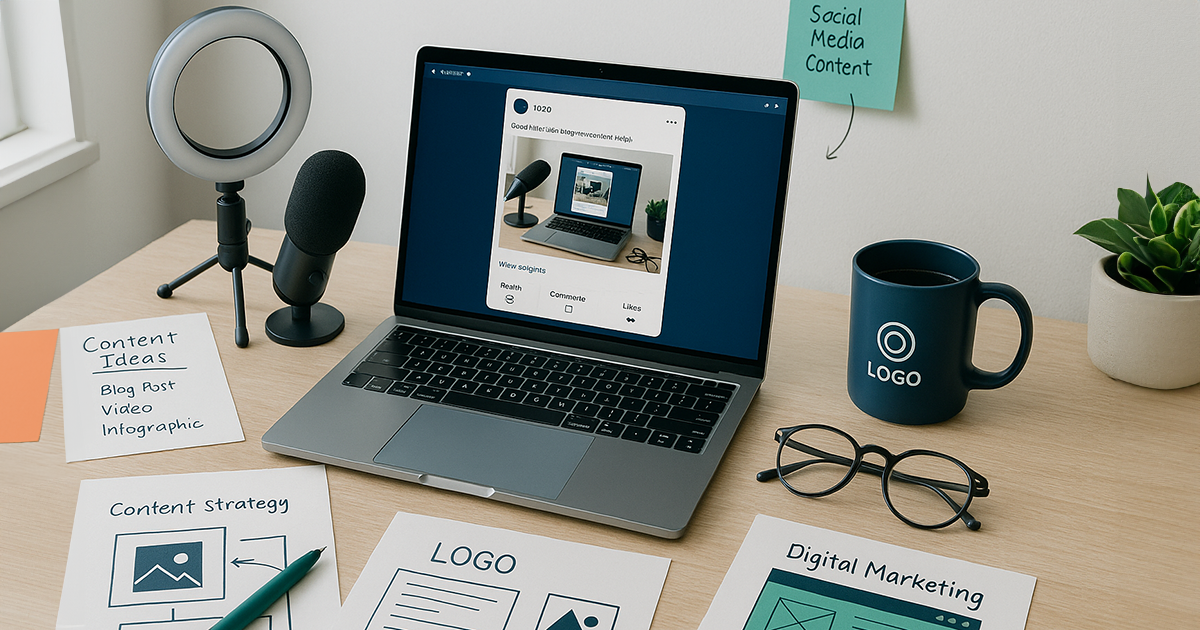Choosing the right sign for your business can be overwhelming especially with several metal options in the market. Dibond or
aluminum – which one do you go for?
Dibond, also known as Raybond, refers to brushed aluminum composite sheeting. The surface of Dibond is made from aluminum, but after a depth
of 0.3mm it consists of a core of polyethylene.
How is Dibond made?
A Dibond sign is made from two aluminum composites that encase a polyethylene interior. As is known, polyethylene is one of the most common
types of plastic in the world known for its utility and versatility. This combination of aluminum and polyethylene, i.e. a metal and
plastic, provides strength and durability to Dibond while making it aesthetically pleasing as well.
Pros and cons of Dibond signs
Dibond is highly popular in the print industry due to the several benefits it offers. Read on to find out more.
Pros of Dibond signs
Known for its outdoor applications, Dibond is water-, rust- and weather-resistant. It is for these reasons and its durability that it is
most often used for traffic signs, directional signs, and wall signs. Signs made from Dibond are not affected by extreme temperatures (low
as -50C or as high as 80C), making them suitable for any environment.
The aluminum sheet that is used to build a Dibond sign has an excellent finish with a flat surface that allows for high-quality printing and
design.
Dibond is highly customizable as it can be molded into any shape or size. For more personalized products, Dibond can be printed with logos
or photos, as per the requirement.
Dibond signs are also lightweight, allowing for easier installation than other metal signs.
Cons of Dibond signs
Even though Dibond is not considered an expensive material, it is still more pricey than other materials such as Gator Board, Ultra Board,
Correx, or Coroplast.
As Dibond signs do not bend easily, the installation process, especially in highly windy areas, must be done correctly to avoid fracturing.
Pros and cons of aluminum signs
Pros of aluminum signs
If you want a fuss-free sign, aluminum it is! Even though Dibond has revolutionized the signage industry, aluminum is still a highly popular
choice because of its strength and durability.
Aluminum signs are commonly used for short instructional signs such as ‘No Parking’ or ‘Guest Parking’ as opposed to billboard-like
messaging or advertising. Aluminum signs offer a more industrial feel to the sign, which highlights its durability and resilience.
One of the greatest benefits of aluminum signs is that they will last for years, without the need for maintenance or care.
Cons of aluminum signs
Aluminum is not an easy metal to weld, thereby requiring specialized equipment and expert to do so.
As aluminum is extremely hard and rigid, high pressure on it will most likely result in the sign being deformed.
Why choose Dibond signs
In conclusion, it is recommended to invest in Dibond signs for your business due to its basic features:
- Dibond signs are lightweight
- They are durable and sturdy
- They have an impressive color quality
- These signs are highly resistant to external factors such as the weather
- The finishing of these signs is highly appealing and attractive
- As they are so durable, they do not require regular maintenance and care
For more information on Dibond signs and how they can be used in your
business, contact Strand360 today!



